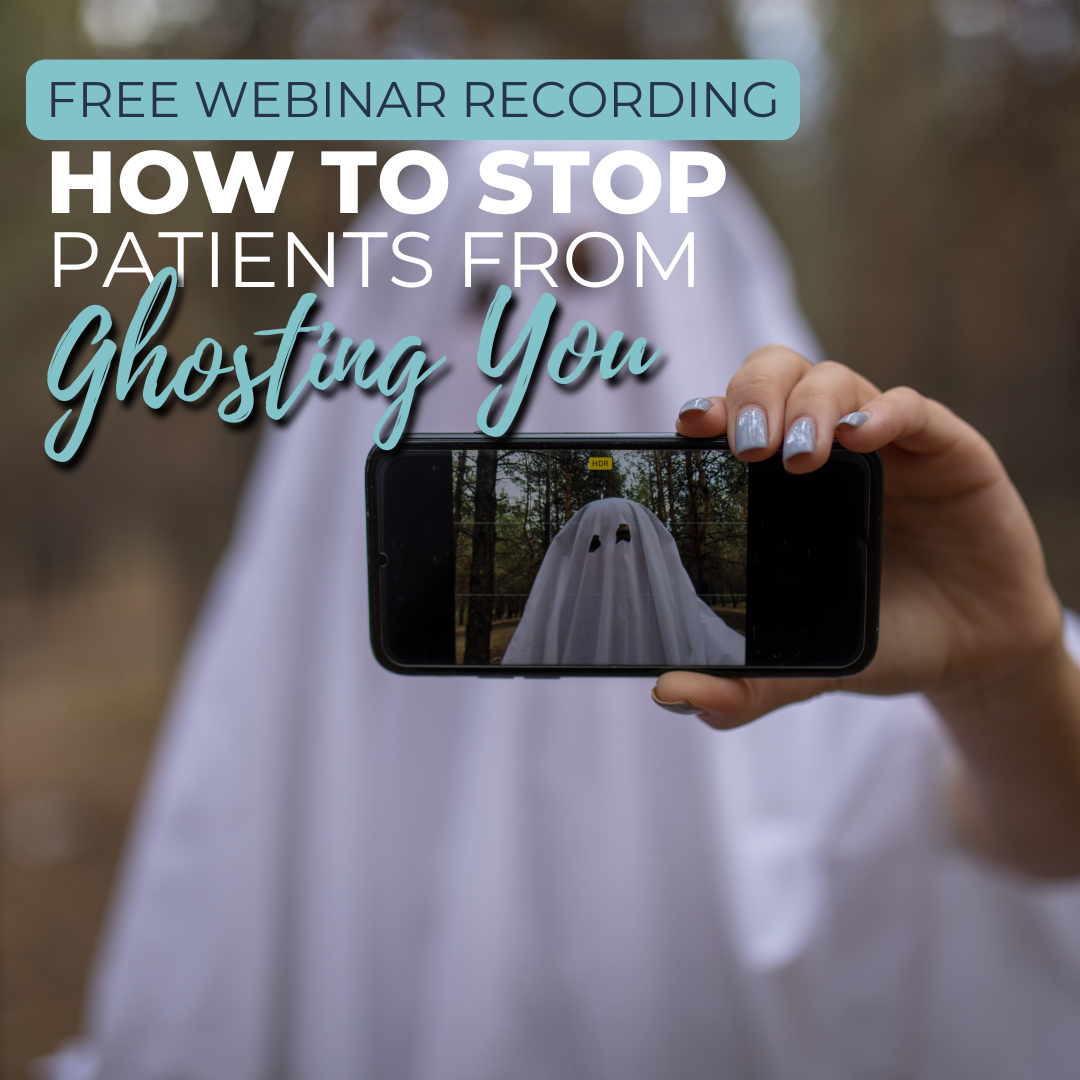How to Stop Patients From Ghosting You

Patient engagement can be a major challenge, especially in weight loss programs where adherence to lifestyle changes and medications like Semaglutide are essential. On BodySite’s recent webinar, we dove into the realities of patient disengagement—why it happens, what’s at stake, and how healthcare providers can prevent it. Below, we’ll outline actionable strategies to keep patients committed to their weight loss journeys.
If you missed the live session, don’t worry! You can watch the full recording right here, but let’s recap the major takeaways for keeping patients engaged and supported every step of the way.
Why Patients are “Ghosting You”
Disengagement is common in weight loss programs, especially with the rise of injectable weight loss medications like Semaglutide, which patients often view as a “quick fix.” However, achieving long-term results requires sustained lifestyle changes. In our webinar, we explored some of the primary reasons why patients tend to ghost weight loss programs, including:
1. Unmet Expectations: Patients may have unrealistic expectations about how fast or easy weight loss will be with medication alone.
2. Perceived Complexity: Even the best-designed plans can feel overwhelming if they’re not aligned with a patient’s daily life and challenges.
3. Lack of Instant Gratification: Weight loss can be a slow journey, and the absence of immediate, visible results can reduce motivation.
4. Lifestyle Conflicts: People have busy lives, and without the right support and reminders, their health goals can easily take a backseat.
Building Blocks of Effective Patient Engagement
Preventing “ghosting” starts by building a solid engagement strategy that empowers patients and holds their interest. Based on BodySite’s best practices, here are the core elements we recommend for a more engaging weight loss program:
Set Realistic Expectations from the Start
An effective first step is to have a candid discussion with each patient about what they can expect throughout the weight loss journey. Be sure to clarify:
– The importance of lifestyle adjustments alongside medications like Semaglutide.
– Realistic timeframes for achieving their weight loss goals.
– Possible plateaus and how to handle them.
When patients understand the process, they are more likely to stick with it and less likely to get frustrated when results don’t come overnight.
Use Automated Reminders and Check-ins
Automated reminders and check-ins can be invaluable tools for keeping patients engaged, especially between in-person visits. By leveraging automated platforms like BodySite, providers can send regular reminders for:
– Weekly or monthly weigh-ins.
– Daily or weekly activity goals.
– Educational content that reinforces the importance of lifestyle changes with medication.
Our webinar discussed how automated care plans can bridge the communication gap, providing gentle nudges that help keep patients on track without overwhelming them.
Personalize the Patient Journey
Each patient is unique, and their engagement strategy should reflect that. Personalization doesn’t have to mean hours of additional work; by segmenting patients and using customizable content, you can:
– Tailor educational resources to each patient’s specific needs or goals.
– Provide relevant content based on their stage in the program (e.g., newcomers versus long-term participants).
– Offer tailored feedback and encouragement, helping them feel seen and supported.
During the webinar, we highlighted several examples of how BodySite’s templates can be customized to suit individual patient journeys, leading to higher engagement and satisfaction.
Provide Access to On-Demand Resources
Patients may “ghost” when they feel like they’re on their own. However, on-demand resources can provide them with accessible, empowering information they can use whenever they need it. Consider offering:
– Pre-recorded videos or articles on maintaining motivation.
– Tips on overcoming common obstacles in weight loss.
– Content that explains how to use Semaglutide effectively in conjunction with lifestyle habits.
With BodySite, providers can create a resource library tailored to your patients’ needs, ensuring they always have the right support, right when they need it.
Managing Ghosting: What to Do When Patients Disappear
Even with the best engagement strategies, patients may still occasionally disengage. When that happens, try the following:
1. Reach Out Consistently, But Compassionately: Don’t give up on patients who disappear. A non-judgmental, encouraging message can be the nudge they need to re-engage.
2. Offer a “Re-Entry” Point: Provide a simple way for them to pick back up without feeling overwhelmed. If they know it’s easy to return to the program, they’re more likely to re-engage.
3. Assess for Deeper Issues: Sometimes, disengagement signals that the patient may be dealing with personal struggles or health issues. Offer to check in to discuss any challenges they may be facing.
Building an Engagement-First Practice
Keeping weight loss patients engaged—particularly those on medications like Semaglutide—requires a proactive approach. But by setting realistic expectations, utilizing automated engagement tools, personalizing the journey, and providing consistent support, you can create a program that not only reduces patient “ghosting” but also improves long-term outcomes.
For more tips and tools on creating an engaging patient experience, watch the full recording above. Together, let’s stop the cycle of disengagement and build patient relationships that last. Ready to get started with the solution that will help you engage patients? Click below to learn more about the BodySite 30 Day Free Trial.

